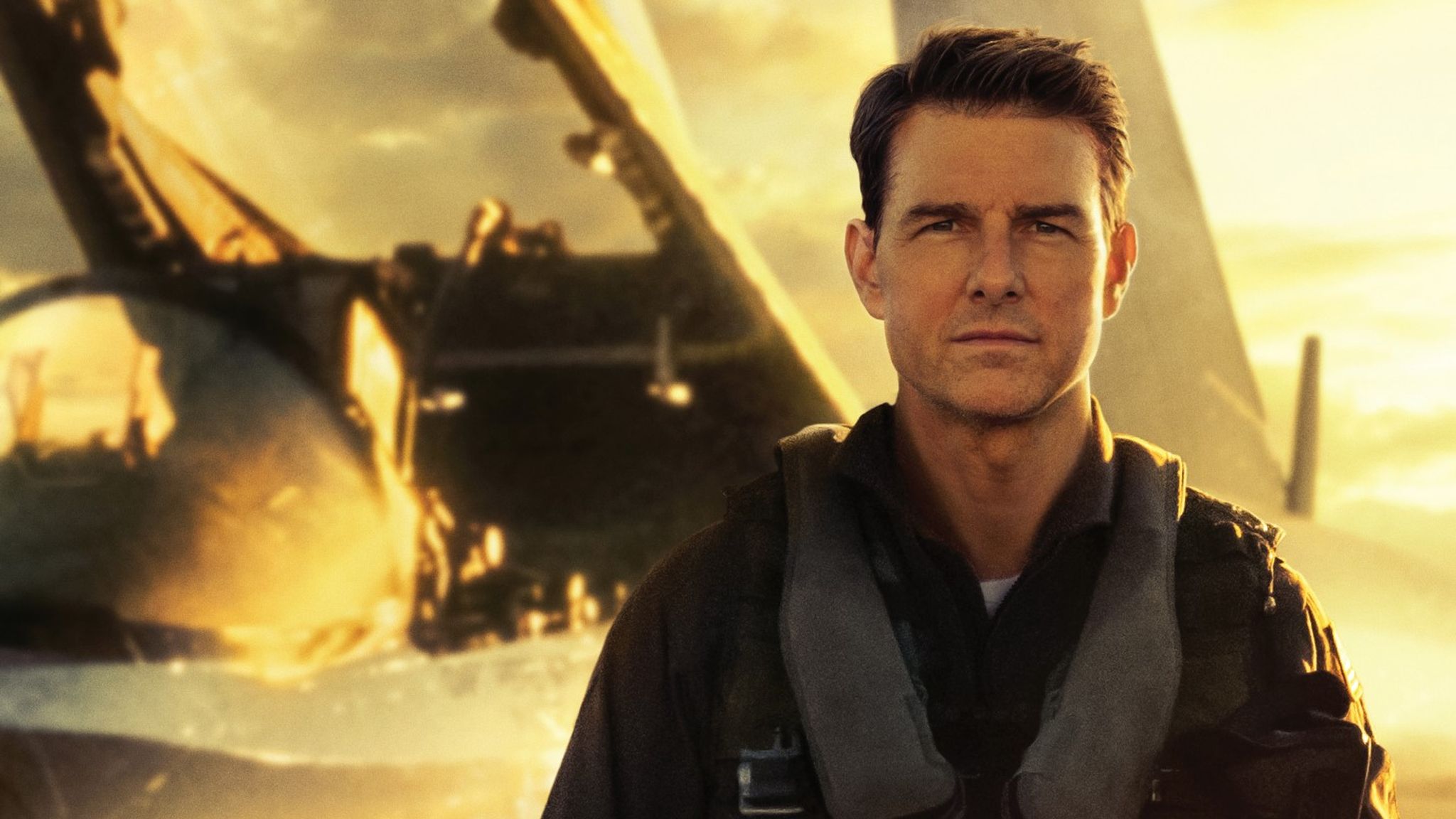Top Gun: Maverick (2022, Dir. Joseph Kosinski):
Early on in Top Gun: Maverick, Navy Captain Pete “Maverick” Mitchell (Tom Cruise) readies himself for another near-suicidal feat, flashing a smirk that could only belong to one movie star. “I don’t like that look, Mav,” grumbles his buddy Hondo (Bashir Salahuddin). “It’s the only one I’ve got,” shrugs Maverick.
Somehow that look, frozen in time and as goofy as ever, has persisted for 36 years, since Tony Scott’s Top Gun (1986) forged a new vernacular for big-budget action pictures: a delirious concoction that married MTV-style pyrotechnics with a subwoofer-heavy soundtrack, topped up with macho posturing and cornball sentimentality. Triumphalist in spirit and slick in execution, Top Gun was engineered to appeal to the red-blooded, flag-waving heartland American in all of us. It’s a movie of hyperbolic surface pleasures, where every F-14 lift-off is accompanied by a tangerine sky and curlicues of smoke, every bead of sweat on the actors’ faces glistens like silver, and the political implications of an aerial dogfight with an unnamed enemy take a back seat to the puppy-dog angst of Cruise and his teen dream castmates.
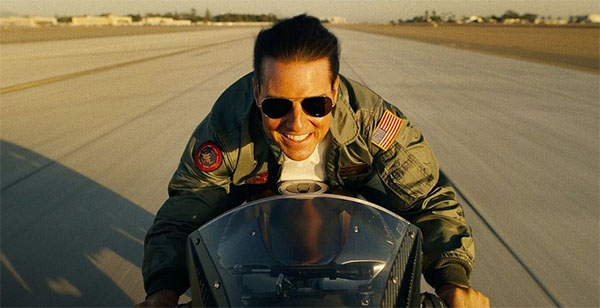
Top Gun could have ended up as just a glorified recruitment tool for the U.S. Navy; the reason it doesn’t is Cruise’s Maverick. One could argue that Maverick’s underdog-to-hero journey is the platonic ideal Cruise has tried to mirror in his own career: both men driven by overweening ambition to be the best of the best, both occasionally crashing and burning, both succeeding through sheer chutzpah. Cruise’s naked determination to please—the same determination he’s brought to all his roles since—prevented Maverick from being just another vacuous pretty boy, and established him as the archetypal ’80s hero: arrogant but wholesome, jokey but intense, talented but vulnerable, the sort of brash all-American who always wins the day and gets the girl but learns to be a better person in the process.
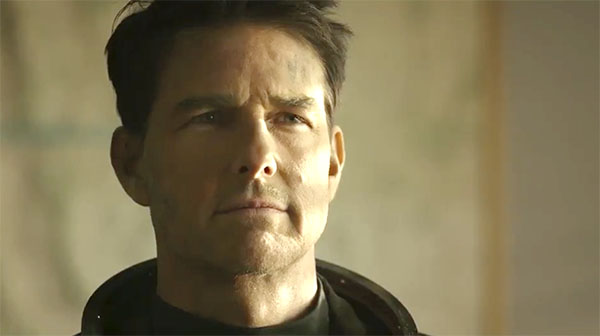
Admiral Cain: Thirty-plus years of service. Combat medals. Citations. Only man to shoot down three enemy planes in the last 40 years. Yet you can’t get a promotion, you won’t retire, and despite your best efforts, you refuse to die. You should be at least a two-star Admiral by now, yet here you are. Captain. Why is that?
Maverick: It’s one of life’s mysteries, sir.
Top Gun: Maverick is an intentional throwback to those halcyon days, relying on practical effects and straight-line storytelling. (What once was hyperbolic now seems positively old-fashioned.) The opening credits zap us back to 1986: the bell-like thrum of Harold Faltermeyer’s original score, Kenny Loggins’ “Danger Zone,” jets catapulted into the heavens from an aircraft carrier. But just as we’re anticipating more of the same, the film takes a canny swerve. Maverick is still a semi-screw-up, a rule-breaker with a need for speed, but he’s been repositioned as a true underdog who’s on the verge of being booted from the Navy in favor of new tech (his boss Admiral Cain (Ed Harris) is nicknamed the “Drone Ranger”). Fortunately, salvation comes calling when he’s ordered back to Top Gun to train the next generation of ace pilots for a key bombing mission that can only be accomplished with near-obsolete F-18 Hornets. Yes, even the most powerful military in the world is now the underdogs, with the bad guys (still unnamed, of course) armed with superior technology in the form of fifth-generation fighters.
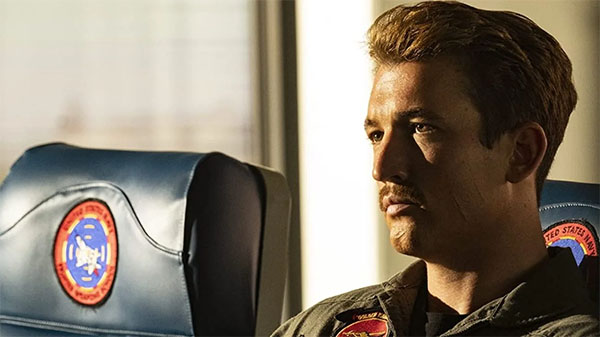
What sliver of plot Maverick has is driven by Rooster (Miles Teller), son of Maverick’s late comrade Goose. Rooster’s presence ignites flashbacks and soul-searching as Maverick grapples with guilt over Goose’s death; it’s not long before the old ace and the resentful youngster are at loggerheads. But Rooster is no cock of the walk; that honor goes to Hangman (Glen Powell), who swaggers away as Rooster’s top competitor. The two pilots’ back-and-forth is an echo of Maverick’s rivalry with Iceman (Val Kilmer) from the first Top Gun, only without the same juice. (Sure, Cruise might have French-kissed Kelly McGillis, but the true love story of Top Gun was the bromantic duel between Kilmer’s sneer and Cruise’s leer.) The rest of the pilots are a more racially diverse lot, with Monica Barbaro and Jay Ellis among the prominent faces, but make no mistake, this is still the Tom Cruise show, first and foremost. “The future is coming, and you’re not in it,” warns Cain. Maverick’s response: “Maybe so sir, but not today.” (Or at least not for the duration of this two-hour movie.)
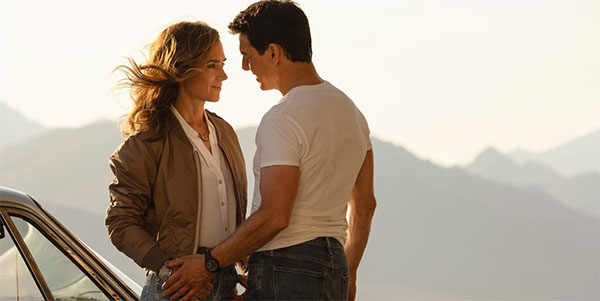
Maverick hits many of the same beats as its predecessor, and shares similar flaws. Like last time, the pilots are a fractious lot, with plenty of grievances aired in the midst of supersonic training. Once again, Maverick falls for a feisty woman; this time it’s Jennifer Connelly as a bar owner with the old-timey sass of a gangster’s moll. “It always ends this way with us, Pete,” she purrs at him, just before they fall into each others’ arms. We get another beach scene of fun and games in which the young pilots show off their sweaty, bodacious bods (albeit without the oil this time). All of these bits are less cartoonish than they were in the original Top Gun, but just as in that movie, every time the characters hit terra firma and are compelled to talk about their feelings, the energy flags. The point hits home particularly hard when Maverick visits old wingman Iceman (Val Kilmer), now an ailing admiral who can barely speak. While it’s a pleasure to see Kilmer back on screen, his one shared scene with Cruise is limited to psychological navel-gazing (“It’s time to let go,” Kilmer types on his computer screen; “I don’t know how,” Cruise responds, all clenched anguish) and only reminds us that no one in Maverick provides the jolt Kilmer brought to the original Top Gun.
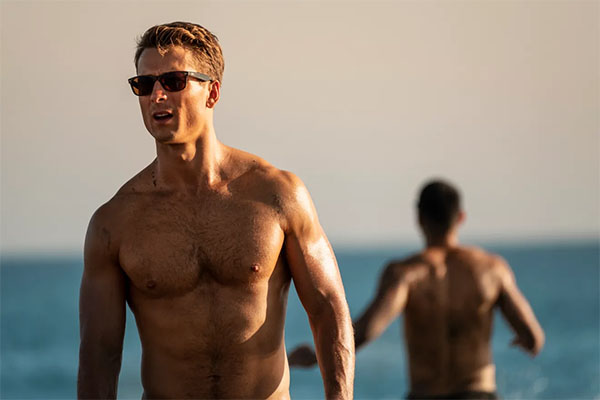
Although Maverick takes its cues from your dad’s Top Gun (including “dad rock” needle drops from the likes of The Who and T-Rex, as well as a familiar tune by Jerry Lee Lewis), it also has the good grace to acknowledge that we’re no longer in the ’80s and Dad is getting on a bit. Cruise wears his years well, and even when the film props him up as a superhero who can still show the young’uns how things are supposed to be done, welcome notes of melancholy and self-deprecation shade his performance. The moments that cut deepest find Cruise by himself, musing over lost opportunities and the passing of time. In general, Cruise alone works better than Cruise with anyone else, and the other actors inevitably get short-changed in the process. Rooster works up a goofy chemistry with Maverick during a few squabbles, but the rest of the cast, including Jon Hamm as a disapproving admiral, are only there to serve as plot pivots. They’re not helped by the script, which opts for functionality over campy, quotable dialogue. (What one wouldn’t give for a zinger on the level of “Son, your ego is writing checks your body can’t cash!”)
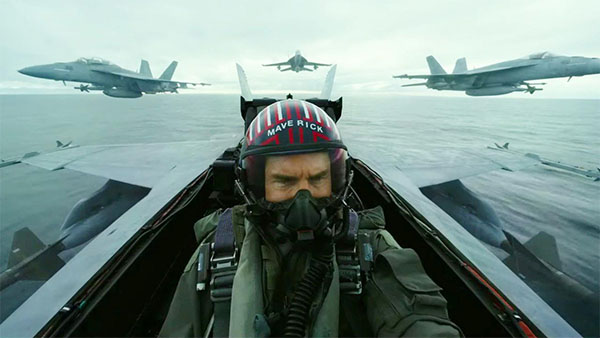
But let’s face it, the reason to see Maverick are the flight sequences, and they’re a doozy, shot with cutting-edge camera tech and you-are-there immediacy by director Joseph Kosinski (Tron: Legacy). If the mission that occupies the climax is essentially a mash-up of the Death Star attack in Star Wars and a meticulously plotted infiltration straight out of Mission: Impossible (Cruise confidante Christopher McQuarrie takes a break from the latest Mission movies to co-write Maverick‘s screenplay), any quibbles over déjà vu evaporate at the sight of Cruise and the other actors in flight, pulling G’s for real. Every aerial episode is eye candy of the highest order, as jets weave, dodge, climb, chaff and blast each other—to borrow from ’80s parlance, it’s gnarly to the max. Other blockbusters go heavy on CGI; what Maverick does with practical means is the closest thing to pure awe you’ll find in any recent Hollywood picture.
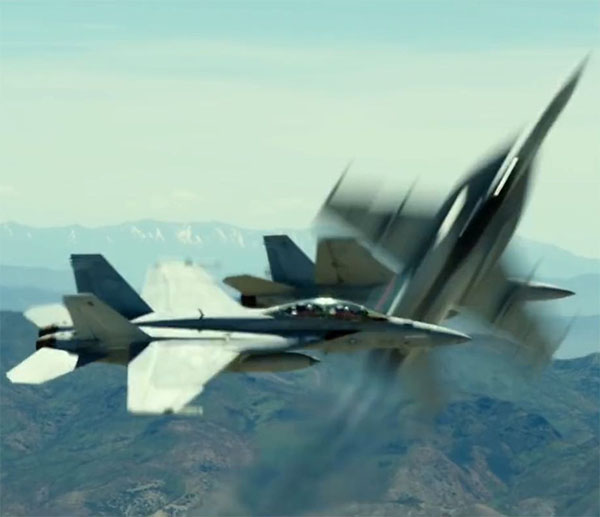
In the end, the title says it all. Top Gun: Maverick is all about Maverick, the character (and actor) inseparable from the franchise, equal in billing. “It’s not what I am, it’s who I am,” says Cruise, and Maverick never wavers in arguing for its leading man as a twilight warrior, a symbol of weathered American heroism that is still relevant. As the film hurtles towards a conclusion for Maverick’s story that’s appropriate for a man who’s made a living flirting with doom, you might find yourself getting caught up in the emotion of the moment—and then the film proceeds to go way over the top, with a final dogfight featuring an even more antiquated F-14. “The Navy needs Maverick,” Kilmer’s Iceman assures Maverick, and Top Gun: Maverick assures audiences that they still need Maverick, even if realism needs to be bent to make it happen.
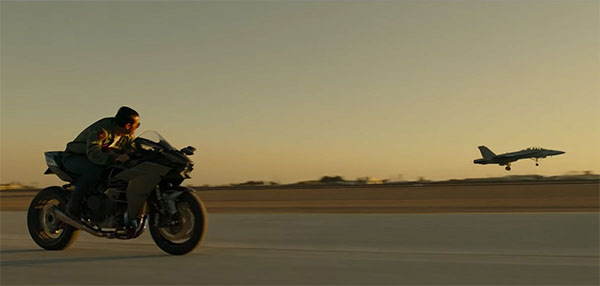
But best not to think too hard about realism; as Maverick often states, “Think up there and you’re dead.” Contrivance and irony-free schmaltz have always been part of Top Gun‘s DNA, along with its adrenalized visuals. Accept that, and you can enjoy Maverick as the rare sequel that builds on what came before while honoring it. As superficial and pretty as a jet soaring into the sunset, it’s the very definition of a star vehicle, and yet one can’t help but appreciate the resources and craft that have been marshaled for its production. Maverick himself may never get promoted, but the throne of once and future box office king remains Cruise’s. “It’s not the plane, it’s the pilot,” Maverick explains to his superiors; Maverick shows that it’s a good idea to have both. ■

